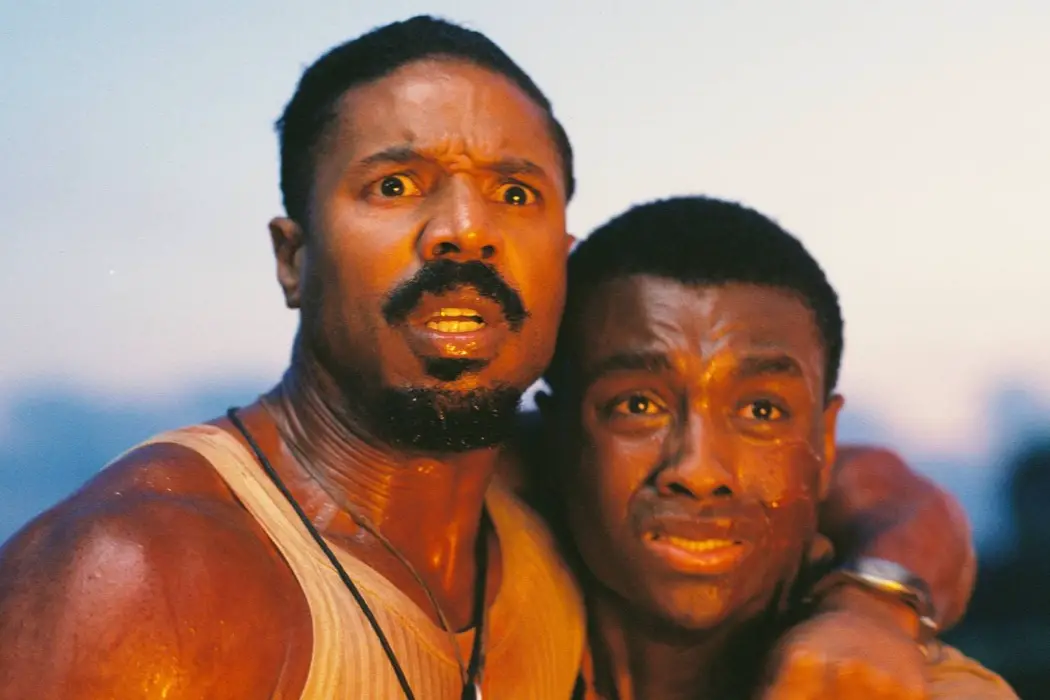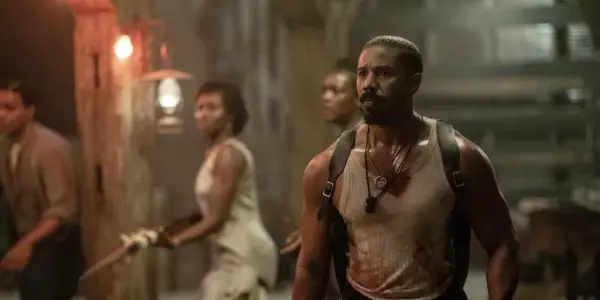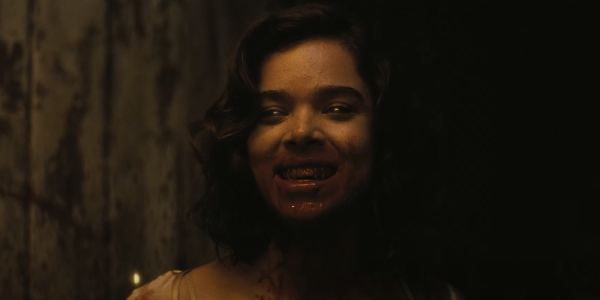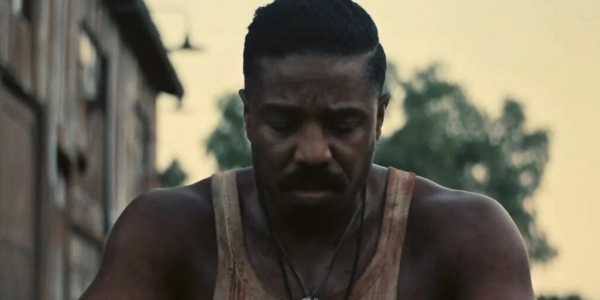Sinners: A Sin to Miss

Hello, I'm Coby Kiefert! I am a reviewer from Savannah,…
I’ve never, ever seen a horror film like Ryan Coogler‘s Sinners (2025). It isn’t just another generic studio flick. It’s a beautiful celebration of black culture and art, as well as a story of redemption, trauma, guilt, and racism. While it may also have scary elements, all of these feed beautifully into what he wants to say about the African-American experience. Combined with fierce technical craftsmanship, soulful performances, and a truly unique vision, this is the kind of film that leaves you thinking about it long after the credits have rolled.
The Gist of Things
Set in 1932 Mississippi, the film follows twin brothers Smoke and Stack (Michael B. Jordan), who’ve arrived back home after years away to leave the traumas of war, along with their criminal past, behind. Soon, the brothers open up a juke joint for the local black community, much to the thinly-veiled disdain of the white landowner, Hogwood (David Moldonado). With the help of old friends Grace and Bo Chow (Helena Hu and Yao), cousin Sammie Moore (Miles Caton), Delta Slim (Delroy Lindo), and singer Pearline (Jayme Lawson), the establishment’s opening night is an instant success. But when a pack of vampires, led by Remmick (Jack O’Connell), arrive on the scene, a joyful evening quickly descends into a nightmarish hell of bloodshed and division.
Not Your Ordinary Horror Movie
As I alluded to earlier, Coogler is not content to limit himself to a one-dimensional genre narrative. In fact, Sinners incorporates so much that it sometimes threatens to overflow. But the direction and script, along with Michael P. Shawver’s editing, manages to balance it all out. There’s Smoke and Stack’s tactfully doled-out motives for leaving Chicago. There’s also Stack’s entanglement with Mary (Oscar-nominee Hailee Steinfeld), an old flame who’s one-eighth black but ‘passes’ for white. Smoke’s ex Annie (Wunmi Mosaku) is relieved to see him, but there’s still some residual grief over the death of their daughter.

Coogler also makes the vampires, and the effects of their powers, into effective commentary on the pressure put on black people to assimilate into a white, ‘Christian’ society like America. Remmick, an Irish immigrant who knows the horrors of colonization, wants to inflict the same pain on those he and his horde attack, while pretending to have empathy for his prey. It’s a cynical weaponization of bigotry and discrimination in favor of suppressing the identities of an entire group. Remember the brain-swapping procedure in Get Out, or the ‘White Voice’ from Sorry to Bother You? These vampires’ bites serve a similar function.
Ooh, Those Technicals!
Artistically, the film fires on all cylinders. Composer Ludwig Göransson wonderfully imbues the soundtrack with a combination of blues instrumentals, gospel, and Southern gothic grit. Thus, he creates a sonic celebration of all three genres, which also masterfully compliments the action at all times. The staging, blocking, and overall cinematography (thank you, Autumn Durald Arkapaw) is impeccably meticulous. From one euphoric dance scene that recreates the 1976 painting ‘Sugar Shack’, to a marvelous oner* showcasing the evolution of black and Chinese music and dance- easily the best, most crucial sequence in the film- creates a visual masterpiece. In doing so, it also immerses you in the artistry of African-American music and paintings, without making the story feel over-stuffed.

As a vampire film, the movie also doesn’t hold back once it gets to the gory stuff. Once the vampires finally attack, the bloodletting is relentless, the fights are well-choreographed, and the deaths are memorable. But the main reason those deaths are memorable is because A) we’ve come to care about and fear for the characters, and B) the stakes are well-established.
Let’s Not Forget About the Performances
Speaking of the characters, each one is played to perfection. Michael B. Jordan fills both Smoke and Stack with their own unique gestures, attitudes, and personalities, ensuring that it’s easy to distinguish between the two. Hailee Steinfeld, who I’ve always admired, delivers her best work since The Edge of Seventeen. Being able to ‘pass’ as white, Mary can therefore access a level of privilege unknown to her black friends and family, despite the mutual love between them. Steinfeld gets across the tumultuous, complex emotions of this character with sheer sincerity, every glance or walk conveying so much. Delory Lindo, last seen in Spike Lee‘s Da 5 Bloods, gives perhaps the best supporting performance as Delta Slim, one that I’m sure will lead to an Oscar nomination. An early scene where he, Smoke and Stack, and Sammie drive through a cotton field while Delta sings the blues, is poignant perfection.

I also can’t go without mentioning Jack O’Connell as Remmick, or Wunmi Mosaku as Annie. O’Connell embodies Remmick’s cycle from being the oppressed to the oppressor, with such menace and complexity that it’s genuinely scary. Wunmi‘s delivery, and her rapport with Michael B. Jordan, give the impression of a full life lived.
Closing Thoughts
If you’re remotely interested in horror, desire more original films in the mainstream theatrical marketplace, and more varied perspectives in your cinema, see Sinners immediately. There’s reason it’s already generated Oscar buzz, a $60 million opening weekend, and I’m sure it will be taught in film schools in the very near future. It’s got a lot to say about identity, redemption, and the concept of family. Because it has so much to say, there is so much detail and creativity packed into every frame, that it’s the type of movie that keeps people coming back to it for years to come. I know I will be.
*It is my understanding that the ‘oner’ was a series of shots stitched together to look that way with clever editing. Nevertheless, it is as impressive as I mentioned earlier.
Does content like this matter to you?
Become a Member and support film journalism. Unlock access to all of Film Inquiry`s great articles. Join a community of like-minded readers who are passionate about cinema - get access to our private members Network, give back to independent filmmakers, and more.
Hello, I'm Coby Kiefert! I am a reviewer from Savannah, GA. I'm most passionate about independent horror, dark comedy, and teen coming-of-age films. However, I'm open to all types of cinema. I'm excited to be writing for this website.













